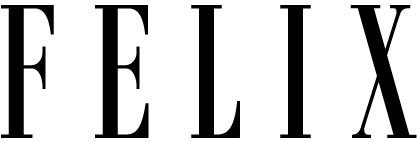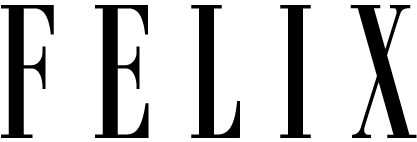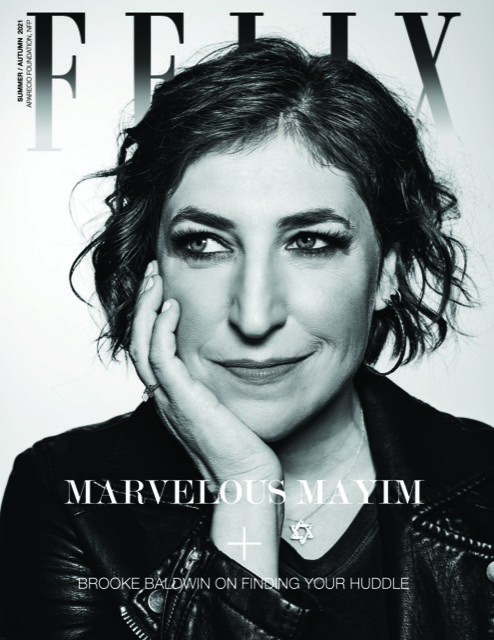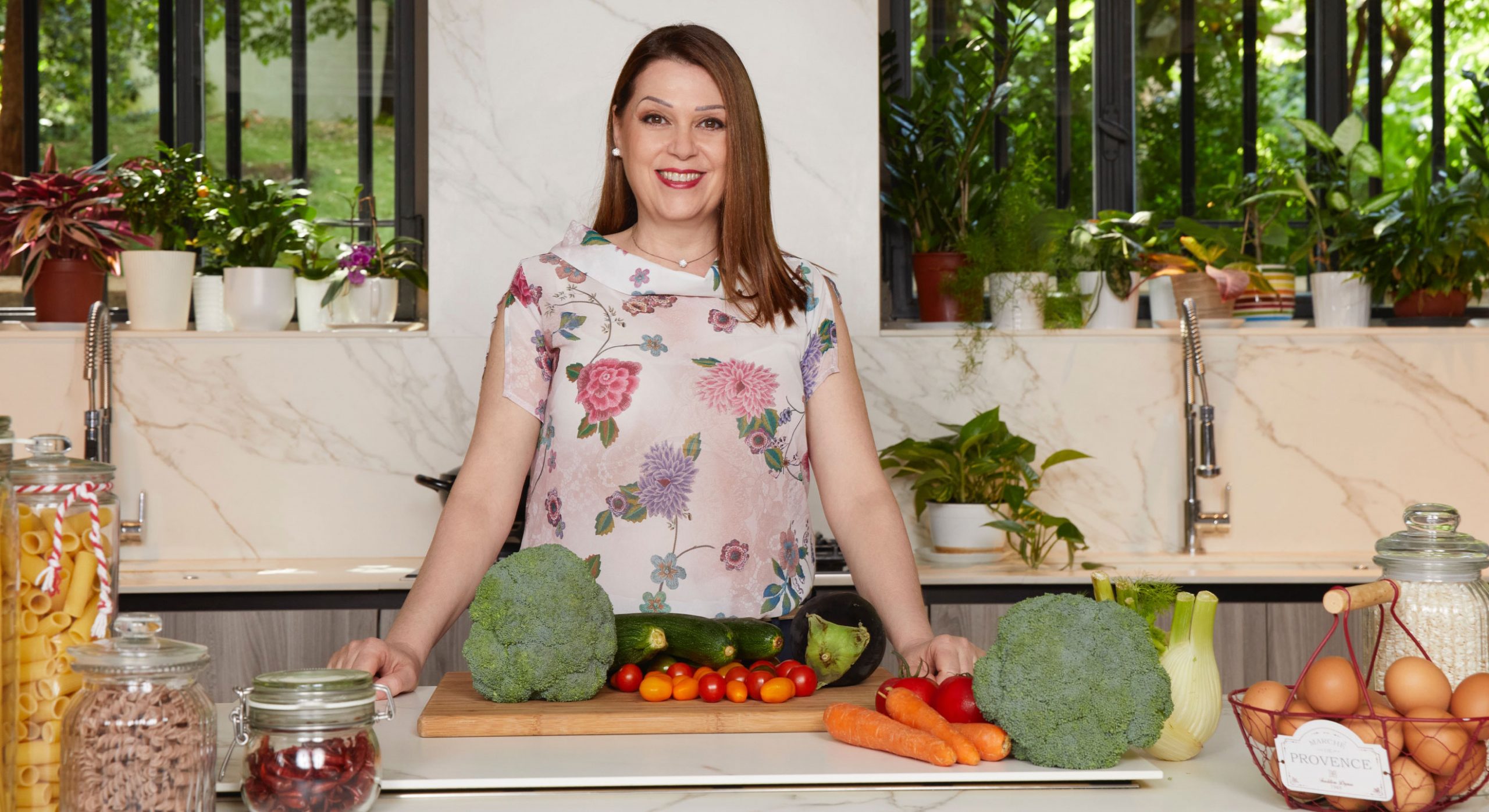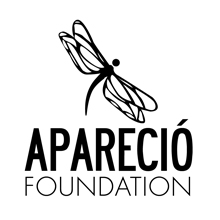Sonia Peronaci: The Woman Who Introduced Italy to Food Blogging.
Photo by Remo Di Gennaro. Courtesy Chef Sonia Peronaci.
Sonia Peronaci: The Woman Who Introduced Italy to Food Blogging.
Photo by Remo Di Gennaro. Courtesy Chef Sonia Peronaci.
Sonia Peronaci is amongst Italy’s most influential digital entrepreneurs. In 2006, she revolutionized Italy’s culinary industry, introducing it to the web by founding Giallo Zafferano, one of Italy’s most acclaimed cooking websites that is visited daily by more than two million users. She decided to leave Giallo Zafferano in 2015 and is now the director and founder of both soniaperonaci.it, a successful cooking website, and “The Sonia Factory.” “The Sonia Factory” is a large multifunctional space located in one of Milan’s most vibrant neighborhoods that functions both as an event venue and an editorial board. In 2019, she was included in Forbes’ list of Italy’s one hundred most influential women and was awarded the Ambrogio D’oro prize; a prestigious Milanese award granted to citizens that have contributed to Milan’s economic and cultural progress. Despite her numerous achievements, Sonia remains grounded and grateful, telling me that her publicist often has to remind her to mention the multiple awards she won in interviews. Her voice is assertive yet friendly and always polite. Her success is the result of a genuine passion for Italian cuisine, of a desire to celebrate Italy’s rich cultural heritage that, in her own words, is “full of surprises and intriguing complexities”.
What catalyzed your passion for cooking?
My passion for cooking was passed onto me by my family, it’s in my DNA. My father was a chef and my grandmother was also a great cook. I started nurturing my skills with my grandmother and developed them with my father by helping him out in his restaurant.
Why did you decide to found Giallo Zafferano and how did you choose the website’s name?
The website’s name is a homage to my native city: – the literal translation of Giallo Zafferano is Saffron yellow – Saffron risotto is Milan’s culinary trademark and saffron was used to color the glass mosaics of Milan’s Duomo. The website was born out of my passion for food and technology. I wanted to work with food but I didn’t want to start a restaurant because I knew it was a great joy yet a great sacrifice: my parents were always working and I hardly ever spent time with them. When I met my current partner, he suggested that we start a cooking website so that I could work with food without having to open a restaurant.
What do you think contributed most significantly to Giallo Zafferano’s initial growth?
In 2010, I sold Giallo Zafferano to a large media company called Banzai which was basically an experienced web editor. When we first founded Giallo Zaffferano food blogs were still premature and the web was a new and challenging platform to work with, so becoming a part of a bigger and experienced web company was a formative experience that helped us grow immensely. The conditions of acquisition were to bequeath all of the company’s shares, we did it willingly because at that time it was what we needed to do to grow. We learned many things thanks to the company and thanks to them I now know how to manage my website (soniaperonaci.it).
How do you approach social network competition and how did you shift from being a food blogger to being a food influencer?
Leaving Giallo Zafferano allowed me to become a food influencer. In Giallo Zafferano I didn’t carry out many activities outside of website management, I was the site director so my responsibilities required me to stay within the editing house and focus all of my attention on the website. Once I left the website and joined Instagram I started talking about myself more. I started becoming an influencer that spoke to an audience as the spokesperson of a brand and company, of soniaperonaci.it. My role as an Influencer was also cemented by my event venue in Milan, The Sonia Factory, where I carried out activities such as social brunches and cooking classes that allowed me to expose myself to an external audience.
How did the pandemic effect your website, did it contribute to an increase in followers?
The pandemic led to a general increase of web usage so our followers increased greatly. – Sonia’s Instagram account is now followed by more than 800 thousand people – As a result of the Pandemic we stopped hosting physical events and so we were able to focus on the digital content that we had slightly neglected because we were so busy managing “The Sonia Factory.”
How did culinary trends change during the pandemic and how did your website contribute to these changes, for example: how did it influence the growing “healthy” food trend?
We contributed by creating virtual cooking classes. Because we had so many content requests we decided not to focus on directs that were very popular during the pandemic. Instead, we created a virtual cooking school composed of a number of recipes we posted daily. We designed a program that started with simple basic recipes, both savory and sweet, moving towards increasingly complex recipes. During this process, I communicated consistently with my followers who would make various requests for specific recipes and ask for clarifications. We saw that there was an increasing demand for yeast based recipes such as focaccia and pizza. Because people had more time on their hands, they started experimenting with lengthier complex recipes. For this reason, we created a collection of basic cream and dough recipes that could be joined together to create something more complex.
Why did you decide to found the “The Sonia Factory”?
I wanted to create a place that was both an editing house and a place where I could physically meet and work with people which was what Giallo Zafferano was missing. I was looking for a big venue where I could create an editing house but also host cooking classes, a place where people could cook together. I wanted to host team building events so I built two kitchens, one of which features a very large marble table where big groups of people can be divided into small teams. My team and I were able to host successful events such as the “Social Brunch,” an event that took place once a month where we would invite various influencers that would post content on their social profiles. It was very popular because it brought together influencers from both outside and within Italy.
What format do you prefer between blog, TV programs and books?
The process that I enjoy the most is the research and experimentation behind recipes. Everything is propaedeutic but if I’d have to pick my favorite step I would definitely pick recipe experimentation and research. We just finished finalizing a TV show and book on regional recipes and are now finishing a second book that I greatly enjoyed preparing. When you first taste a regional recipe in a place that you’ve visited you then try to recreate it at home and experiment with possible variants; I like working on regional recipes because there’s always something new to discover.
How did you select the recipes of your book “La Cucina di Sonia Peronaci?”
I selected eighty recipes in total, four recipes per region. I started with the most well-known regional recipes such as carbonara but then I realized that there are so many interesting original recipes so I decided to include them as well. Because each Italian region possesses such a vast gastronomic culture discovering new recipes is always very exciting. It’s also interesting to notice how they intersect with foreign recipes and reveal the historical context of the period during which they were created. Even the least known recipes are always very successful because Italians are interested in discovering their cultural heritage, that is why we decided to group the recipes into regional sections, so that Italian consumers would be more interested as they would be able to explore an intrinsic aspect of Italian culture.
As a woman, did you find it hard to establish yourself in a working environment that is almost entirely dominated by men?
Definitely, the culinary environment’s major exponents are predominantly men. Even though there are many starred female chefs, the business tends to prioritize and celebrate male chefs more. They are broadcasted in TV with greater frequency and are consistently included in the business’s most prestigious projects.
When you first founded Giallo Zafferano, how did you manage being both an entrepreneur and a mother?
I always tried to make sure that my editorial boards were close to my home so that after school my daughters could spend some time with me and I could help them with their homework. I had my daughters when I was 19 so when I first started working for Giallo Zafferano they weren’t kids in kindergarten anymore and as they grew older they became more independent.
Was your passion for cooking passed onto your daughters?
Yes, all three of them cook, some more than others. When children grow up watching their parents cook its rather inevitable. When there was a fun recipe to prepare I would always try to get them involved. Knowing how to cook was definitely useful, my youngest child is studying abroad and if you live on your own in a foreign country either you know how to cook or your screwed. My firstborn worked with me for ten years, she worked for Giallo Zafferano for ten years and contributed to my current website for the last year. She eventually found her own path, I think she probably grew tired of working for me. Jokes aside, I think it’s right for children to find their own path without having to necessarily follow in their parent’s footsteps, it’s hard to live in someone’s shadow.
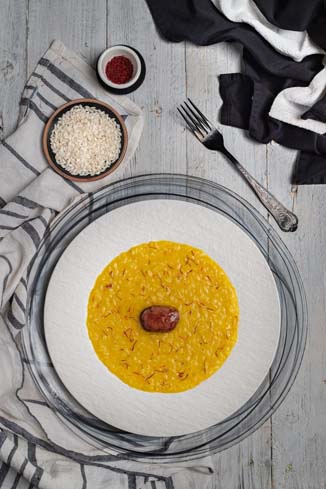
Risotto alla Milanese – Saffron Rice
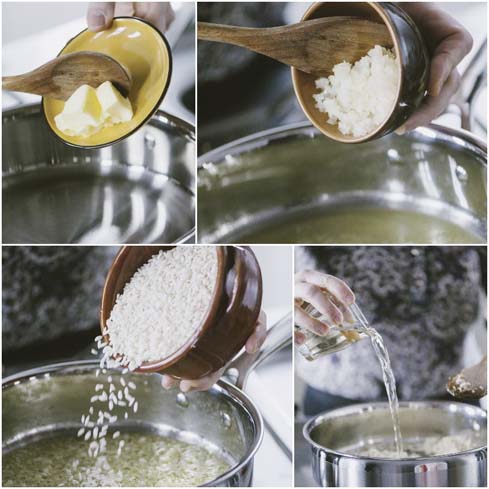
Ingredients:
- 320 grams of carnaroli rice
- 60 grams of beef bone marrow
- 100 ml of white wine
- 80 grams of ghee
- 1.5 liters of meat broth
- 40 grams of butter to marinate
- 60 grams of grated Grana Padano Parmesan
- 0.40 grams of saffron pistils
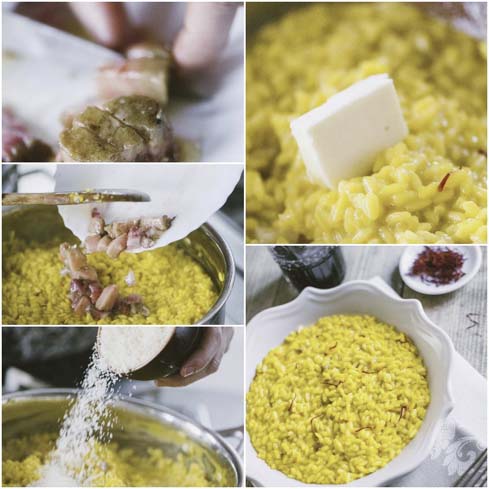
Instructions:
- Heat the meat broth and place it in a bowl with the saffron pistils. Let the broth sit for one hour.
- Mince the onion and place it in a pre-heated pan with the ghee and let it simmer for fifteen minutes.
- Add the rice and toast it for about 2-3 minutes. Add the white wine and stir until it evaporates.
- Add the broth to the rice one scoop at a time.
- Press the thinnest part of the beef bone in order to push the marrow out.
- Cut part of the marrow into four one centimeter discs and sear each side of the discs on a clean hot pan. Set them aside and place them on-top of the rice once it is plated.
- Cut the rest of the marrow into small cubes.
- Once the rice has absorbed all of the broth, add the bone marrow cubes, cheese and cold butter to the rice.
